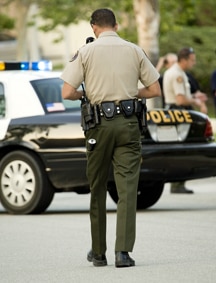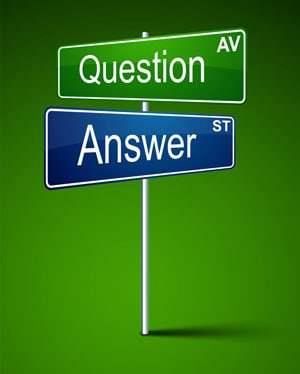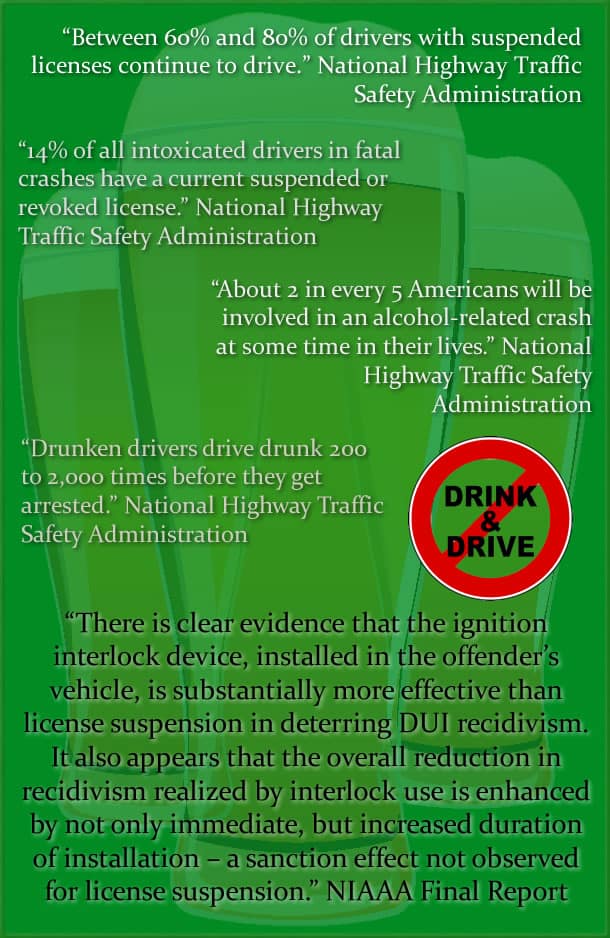In general, a saturation patrol is a police tactic where a large number of officers are on patrol in a small area. Saturation patrols can be utilized for location-specific patrols.
With regard to motor vehicles, a saturation patrol is a procedure in which a number of law enforcement officers are dedicated to a limited geographic area for the purpose of detecting and apprehending drunk drivers. Officers working in a saturation patrol target impaired drivers by observing moving violations such as speeding and aggressive and/or reckless driving. Saturation patrols are legal in all 50 states. Unlike sobriety checkpoints, saturation patrols do not need to be announced ahead of time in all jurisdictions, although many jurisdictions announce the patrols since they are scheduled in conjunction with a sobriety checkpoint.
 According to a study published in the FBI Law Enforcement Bulletin, when measuring DUI arrests per hour, saturation patrols are seen as some of the most effective methods for apprehending drivers. They can be more effective than sobriety checkpoints since intoxicated drivers will often avoid the preannounced location of a sobriety checkpoint.
According to a study published in the FBI Law Enforcement Bulletin, when measuring DUI arrests per hour, saturation patrols are seen as some of the most effective methods for apprehending drivers. They can be more effective than sobriety checkpoints since intoxicated drivers will often avoid the preannounced location of a sobriety checkpoint.
If an officer stops you during a saturation patrol, you should expect the same process if you were stopped by an officer at any time. If the officer suspects you are impaired, you will be asked to perform a standard field sobriety test and/or breathalyzer test.
There are not different penalties for being arrested and/or convicted of a DUI / DWI during the course of a saturation patrol. You can face fines, jail time, community service, loss of driving privileges and the installation of an ignition interlock, which has some similarities to a breathalyzer for your car.
For more information on saturation patrols in your area, contact your local police department.

 Top 8 Ignition Interlock Device Q&A
Top 8 Ignition Interlock Device Q&A
Leave a Reply
You must be logged in to post a comment.